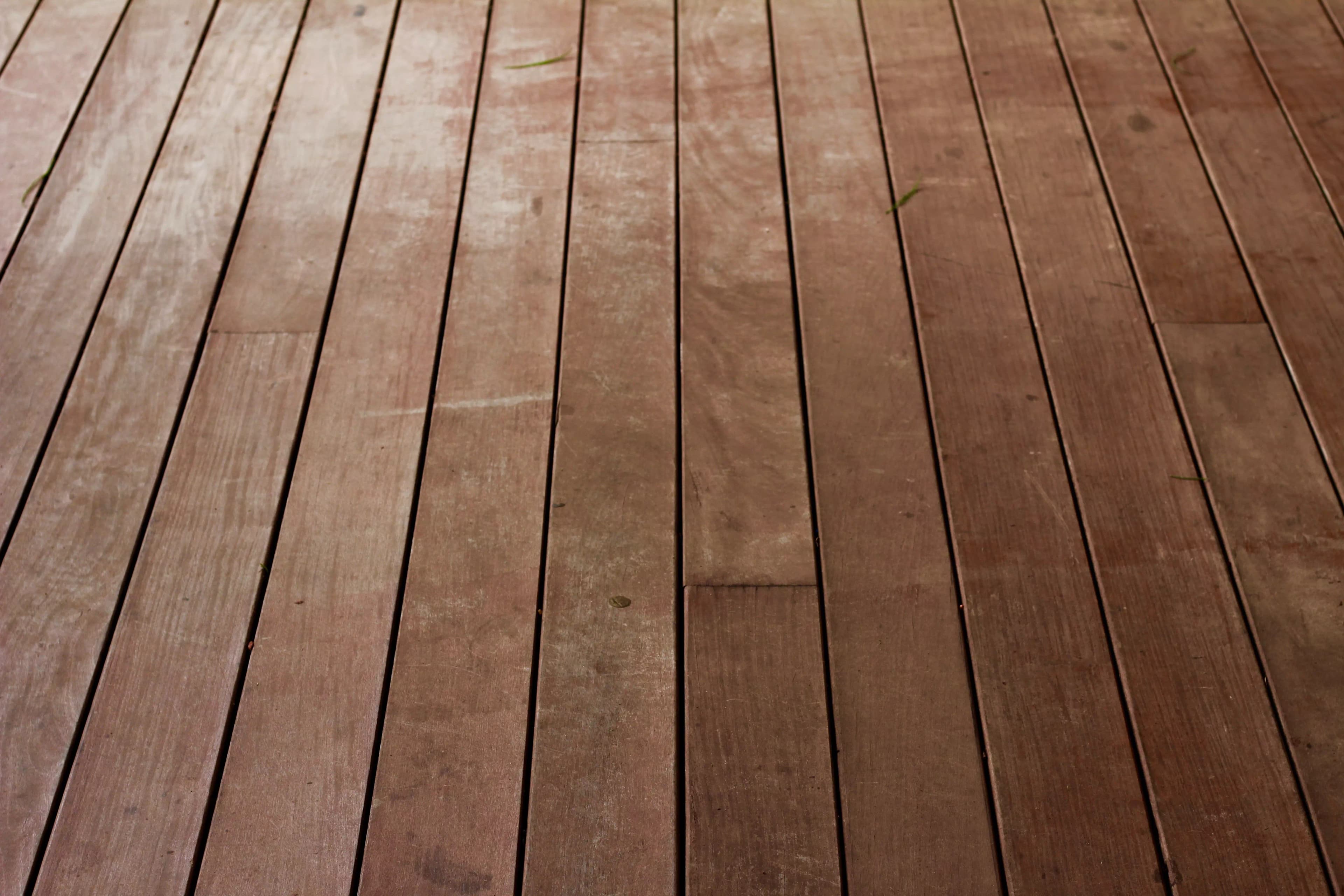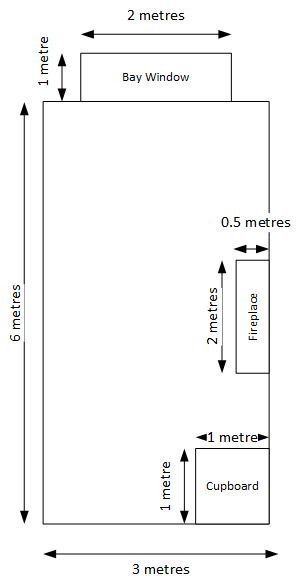Area
Room Size Calculator
This room floor area calculator is a tool that calculates the total area of a room by multiplying its length and width, taking into account any irregularities in the shape of the room.
Luis Anaya
Jan 15 2021

- Use the Floor Area Calculator
- How to Work Out m2 of a Room
- How to Work Out Floor Area
- When to Calculate the Size of a Room
- What is a Unit of Measure
- FAQs
Use the Floor Area Calculator
Use this floor area calculator to work out the area of a room for estimating carpet, floor tiles, screed or anything else.
Example area calculation:

Area = Width * Depth
Calculating the area of a rectangular room is easy. Just enter the width and depth of the room and hit "Calculate". The floor area of the room will be calculated in the units you chose, such as centimetres. A handy chart will load below the calculated area that lets you quickly convert between different units of measure. This chart has both metric and imperial units. This helps if you are meauring the room in one unit, such as cm, but for example the floor tiles you want are measured in a different unit, such as feet and inches.
If your floor area is not a perfect rectangle, it is a little harder. Try breaking the room down into rectangular sections. For each section record the width and depth. Then, calculaute the floor area for each rectangle. When you have the area of each section of floor, add them all together. This gives you your total floor area.
How to Work Out m2 of a Room
Working out the m2 (square metres) size of a room is easy:
- 1. Measure the width of your room in metres.
- 2. Measure the depth of your room in metres.
- 3. Multiply room width by room depth to get room area.
Example:
3 metres wide x 6 metres deep = 18 m2 (square metres).

Area in m2 = Width metres * Length metres
However, when working out the area of your floor you need to know the difference between metres squared or square metres. If you get these mixed up you could make an expensive mistake by over ordering. Or you might not order enough to complete your flooring job.
If your floor is 2 metres wide and 2 metres deep it is said to have 4 square metres of area. However, if you placed an order for 4 metres squared of floor tiles you would be over ordering by a long way. This is becase 4 metres squared means that the length of each size of a square is 4 metres. This is the difference:
2 x 2 = 4m2
4 x 4 = 16m2
In other words, 4 square metres of tiles for your bathroom floor might cost £200. But if you order 4 metres squared you would be buying £800 of floor tiles. That means you would have ordered 4 times more than you require. But, the problem gets worse as the numbers get larger. What if you needed to tile a large floor area measuring 5 metres wide and 3 metres deep?
5 x 3 = 15m2
15 x 15 = 225m2
In this example you would have over ordered by 15 times! The moral of the story is to make sure you use the correct terms.
How to Work Out Floor Area
Working out the area of a rectangular room is easy. As we have seen above, we just multiply the room width by the room depth. But when the room is not a perfect rectangle we have to work a little harder. For example, perhaps your room has:
- A bay window
- A fireplace
- A cupboard
All of these features of your room, and more, can complicate your room area calcualtion:

In this example we need to calculate the floor area of 4 rectangles:
Room area: 6 x 3 = 18m2
Bay window area: 1 x 2 = 2m2
Fireplace: 2 x 0.5 = 1m2
Cupboard area: 1 x 1 = 1m2
Assuming we would like to lay floor tiles into the bay window, but not in the fireplace or cupboard, then the floor area we need to cover is:
Floor area to tile: 18 + 2 - 1 - 1 = 18m2
When to Calculate the Size of a Room
There are several projects that can require a floor area calculation:
- Floor tiling
- Carpet laying
- Screeding a floor
- Wood flooring
- Laying new floorboards
- Underfloor heating
What is a Unit of Measure
A unit of measure is what gives meaning to the measurement you are taking. If you measure something as 5, without giving a unit of measure, it is not possible to know how big "5" is. It could be 5 people, 5 cars, 5 rivers, anything. The most common units of measure in use today come from the metric and imperial measurement systems. Today most countries use the metric system, but the United States use the imperial system.
The metric system includes units of measure such as metres, centimetres and millimetres. The imperial system includes units of measure such as inches, feet and yards. As this calculator shows, it is possible to consistently convert between these units of measure, which can be helpful when calculating the floor area of a room.
Frequently Asked Questions
Have a question about this calculator? See our list of frequently asked questions below.
How do you find the area of a room?
To calculate the area of a room, multiply its width by its length. Formula: Area = Width * Length.
How to work out m2 (square metres)
To calculate m2 measure the width in metres then measure the length in metres. Multiplying the width by length will give the result in m<sup>2</sup> (square metres).
When is it necessary to calculate the floor area of a room?
It is necessary to calculate the floor area of a room when working out how many floor tiles, how much carpets, how much screed etc might be required when resurfacing your floor.
Other Area Calculators